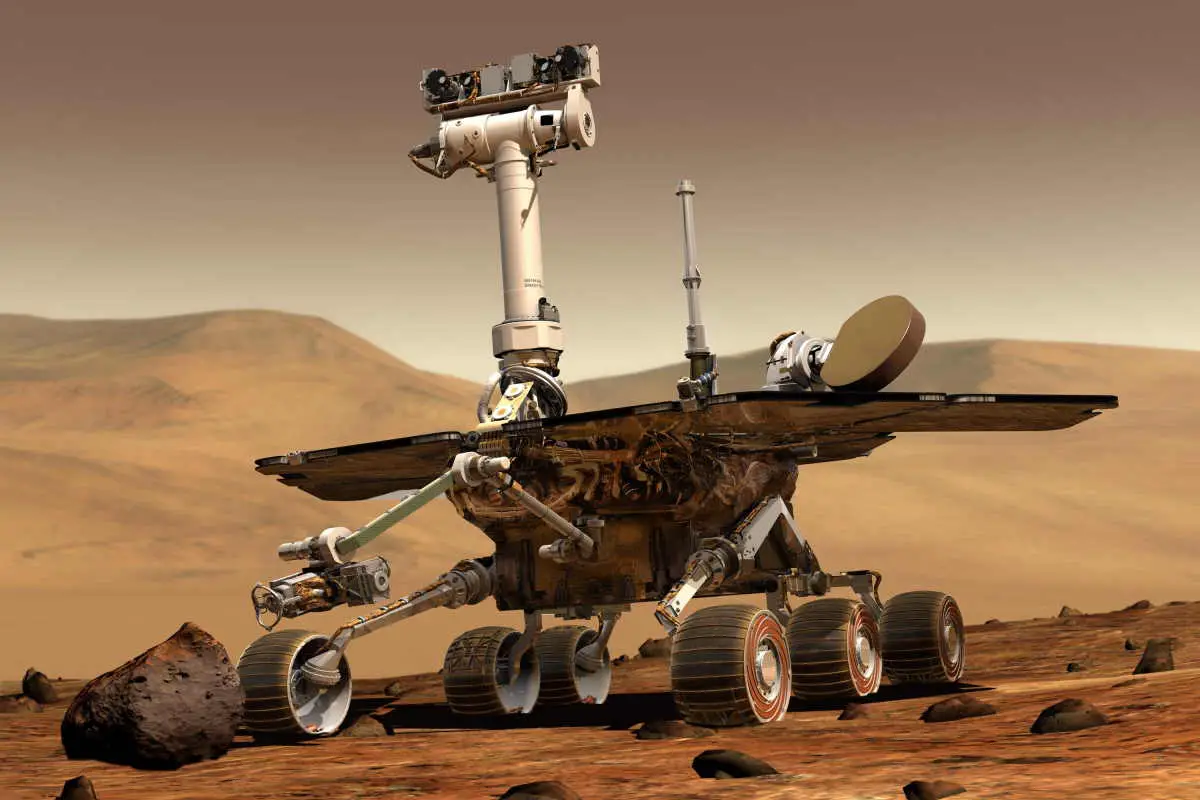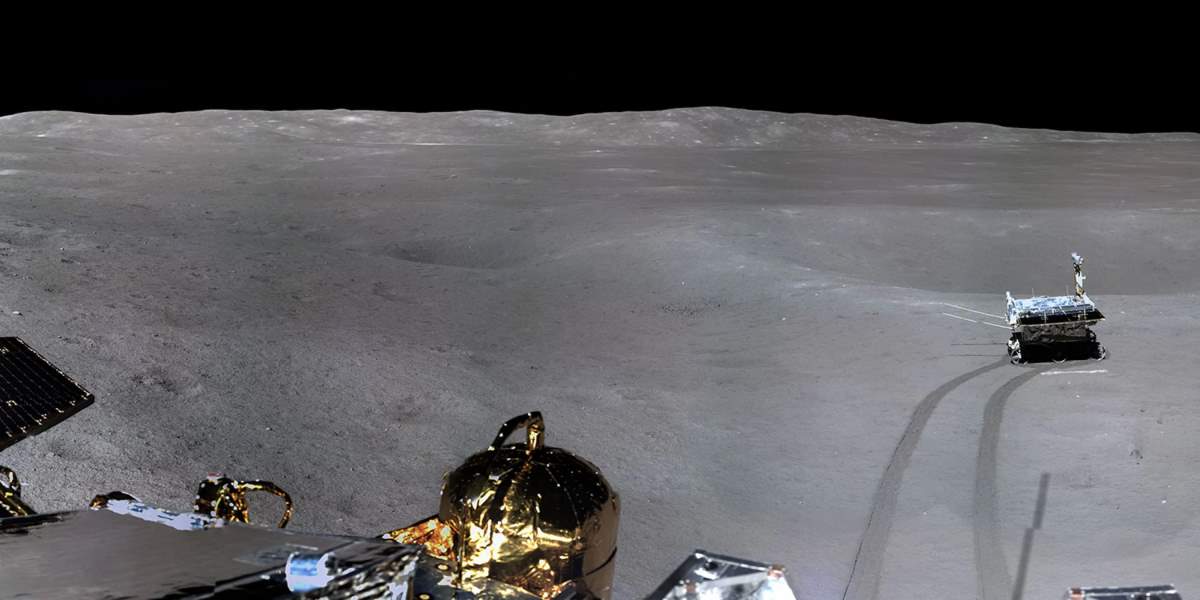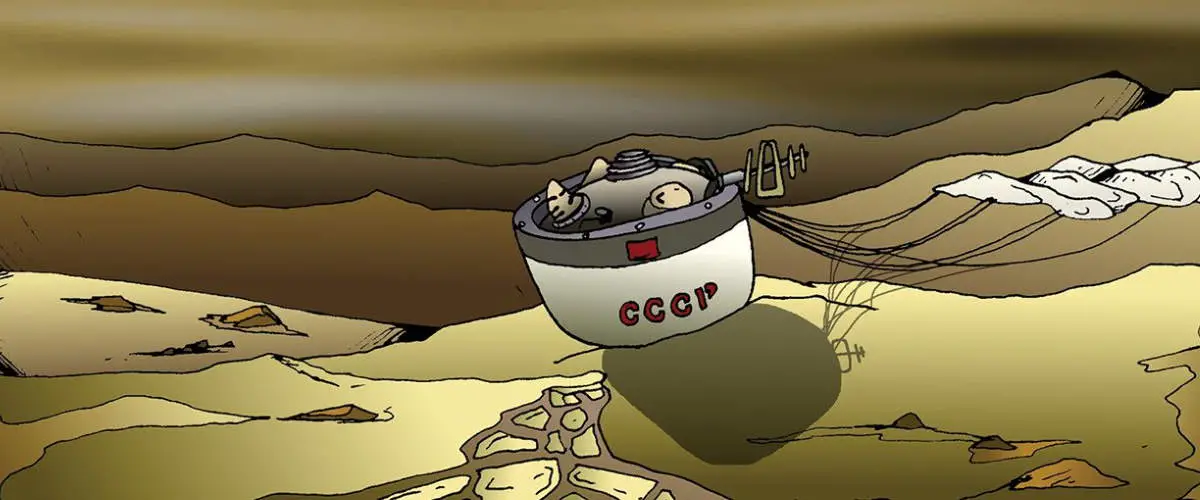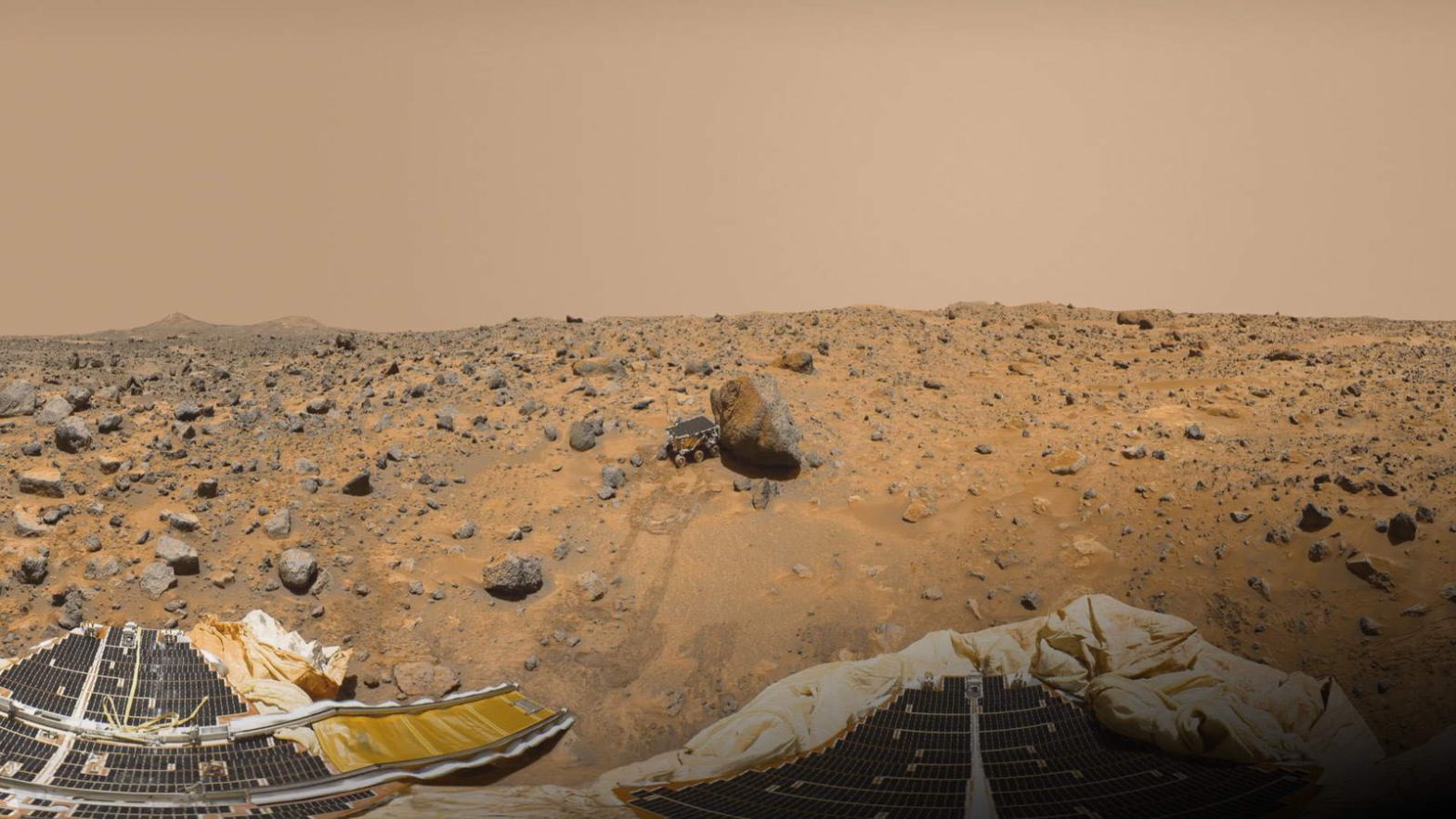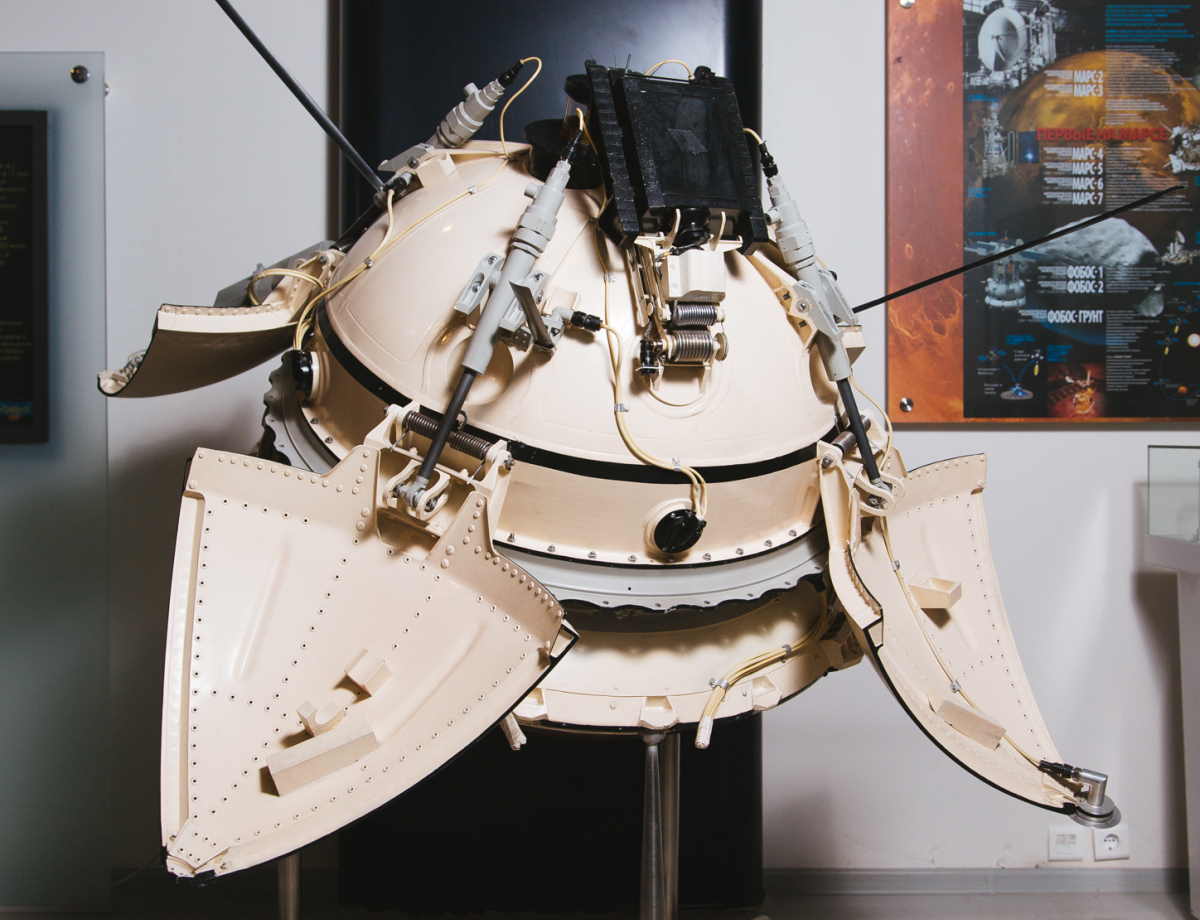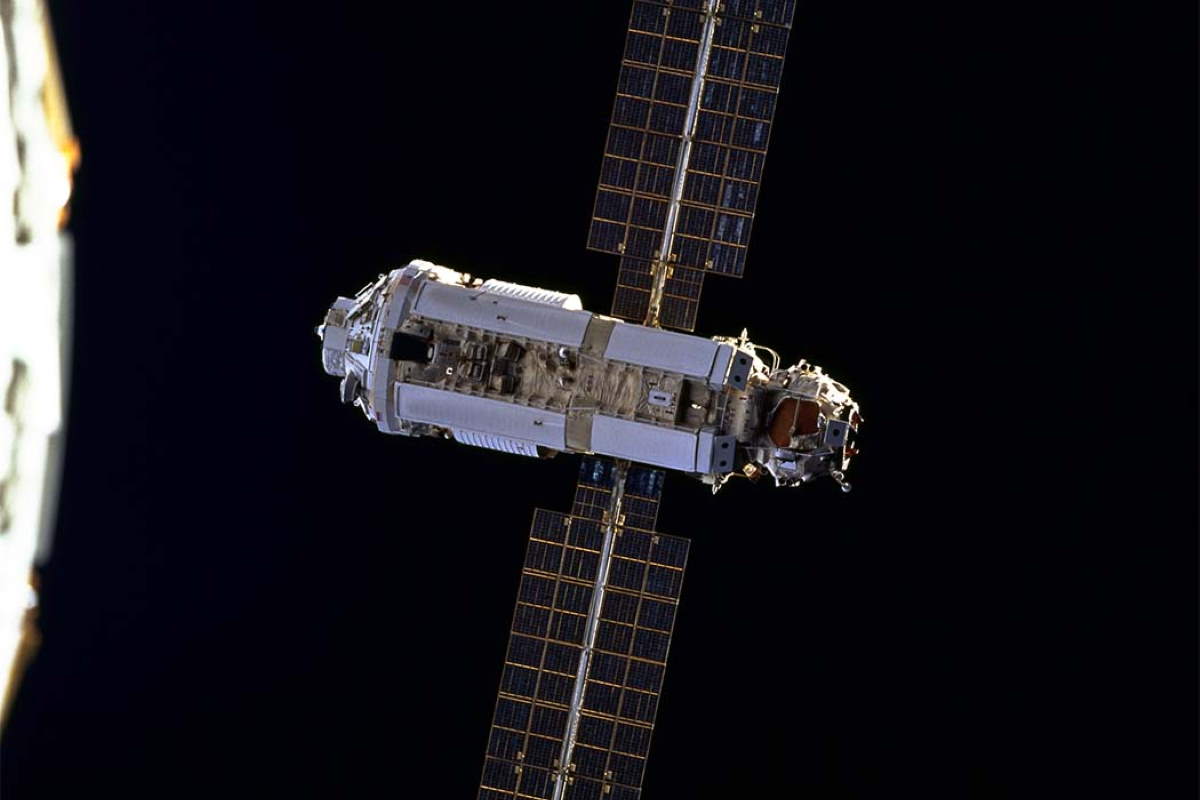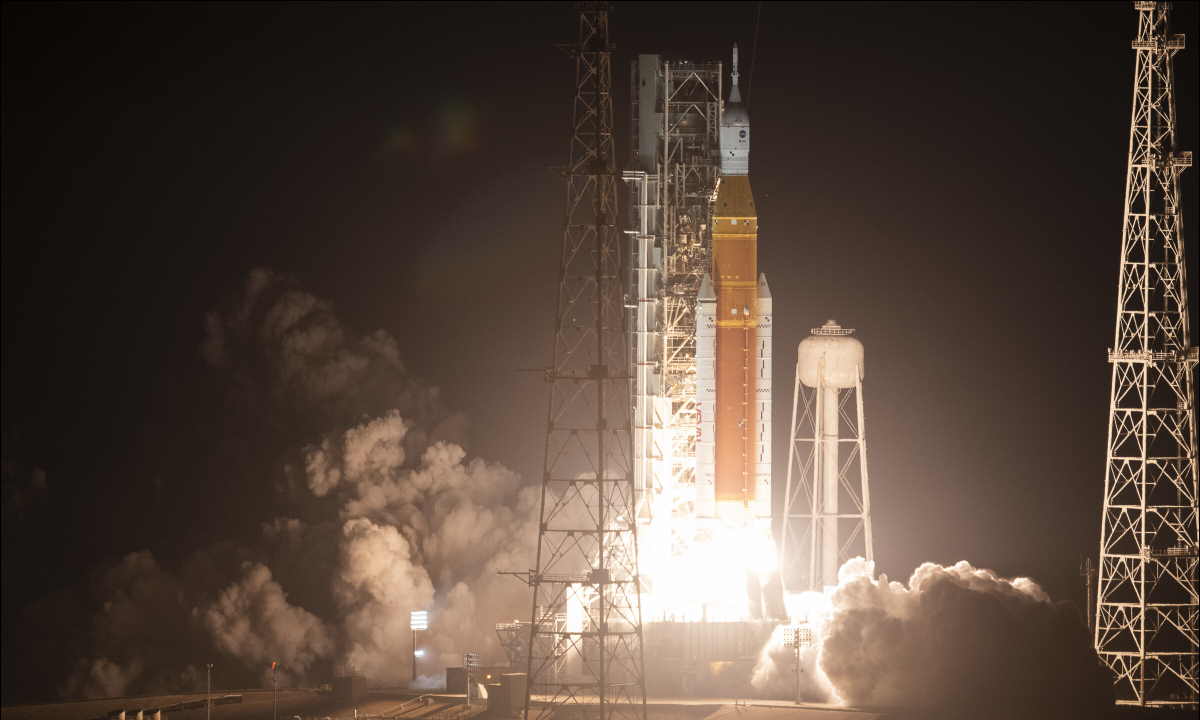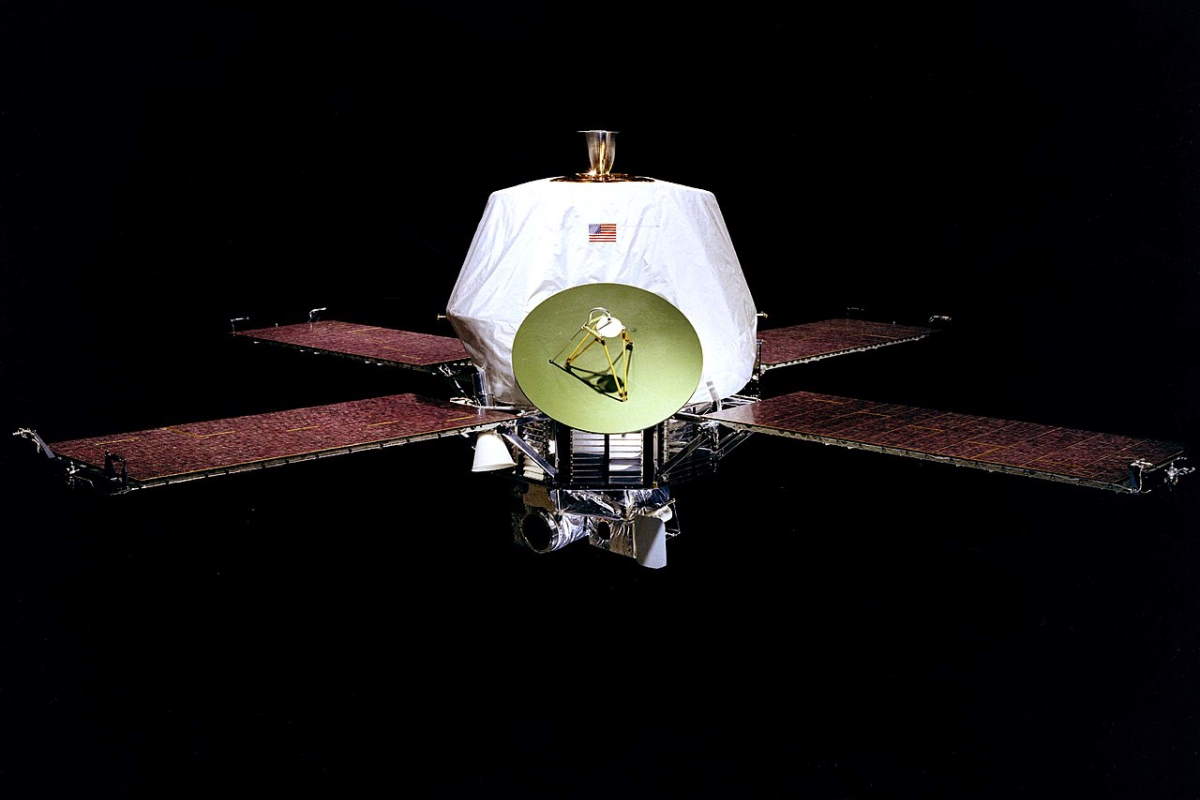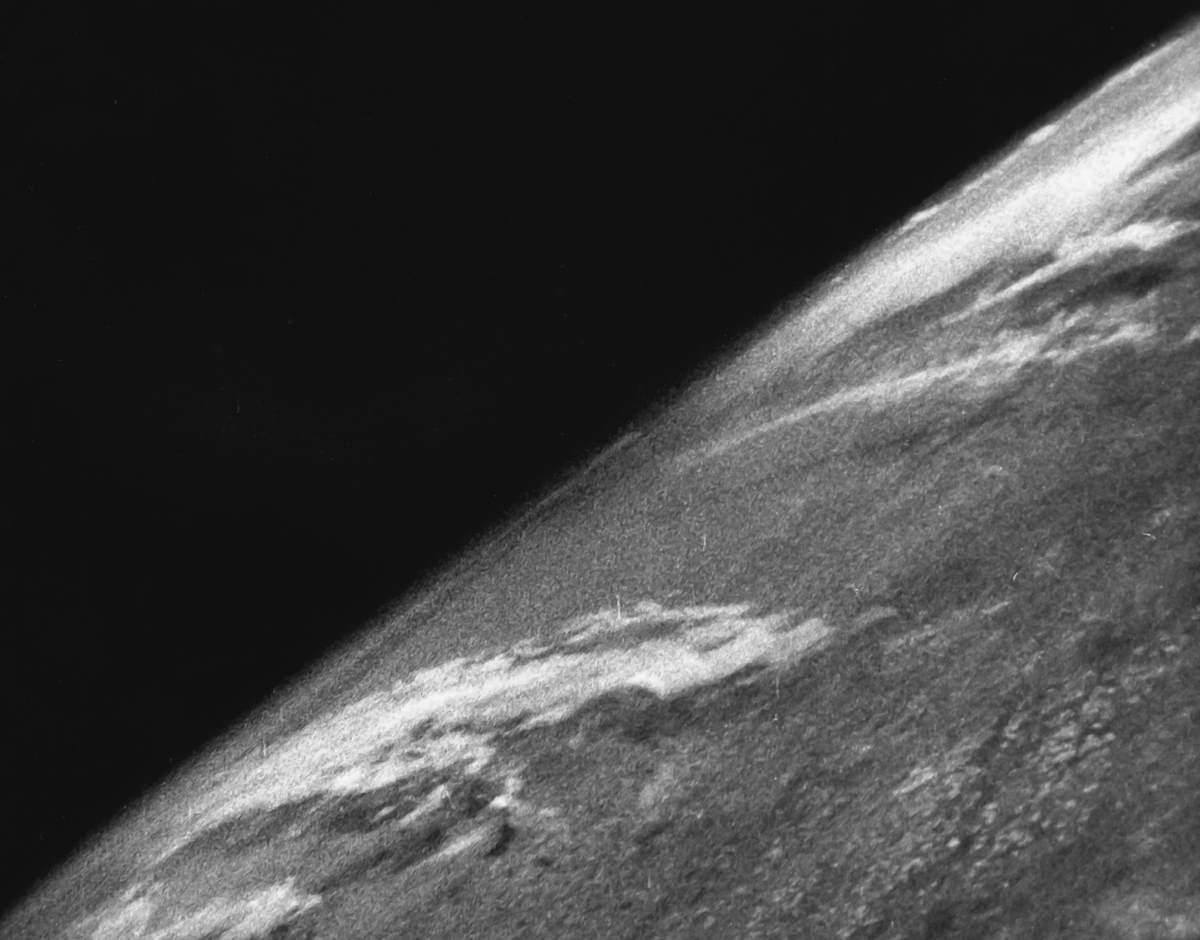On January 14, 2005, the Huygens spacecraft, the atmospheric entry robotic probe part of the Casini-Huygens mission performed the first soft landing on Titan. As of 2023, it is the only one accomplished in the outer Solar System and was also the first on a moon other than Earth’s, and the most distant landing ever.
![Huygens spacecraft on Titan [artist concept]](https://cdn-0.ourplnt.com/wp-content/uploads/2023/01/Huygens-spacecraft-on-Titan-artist-concept.jpg)
